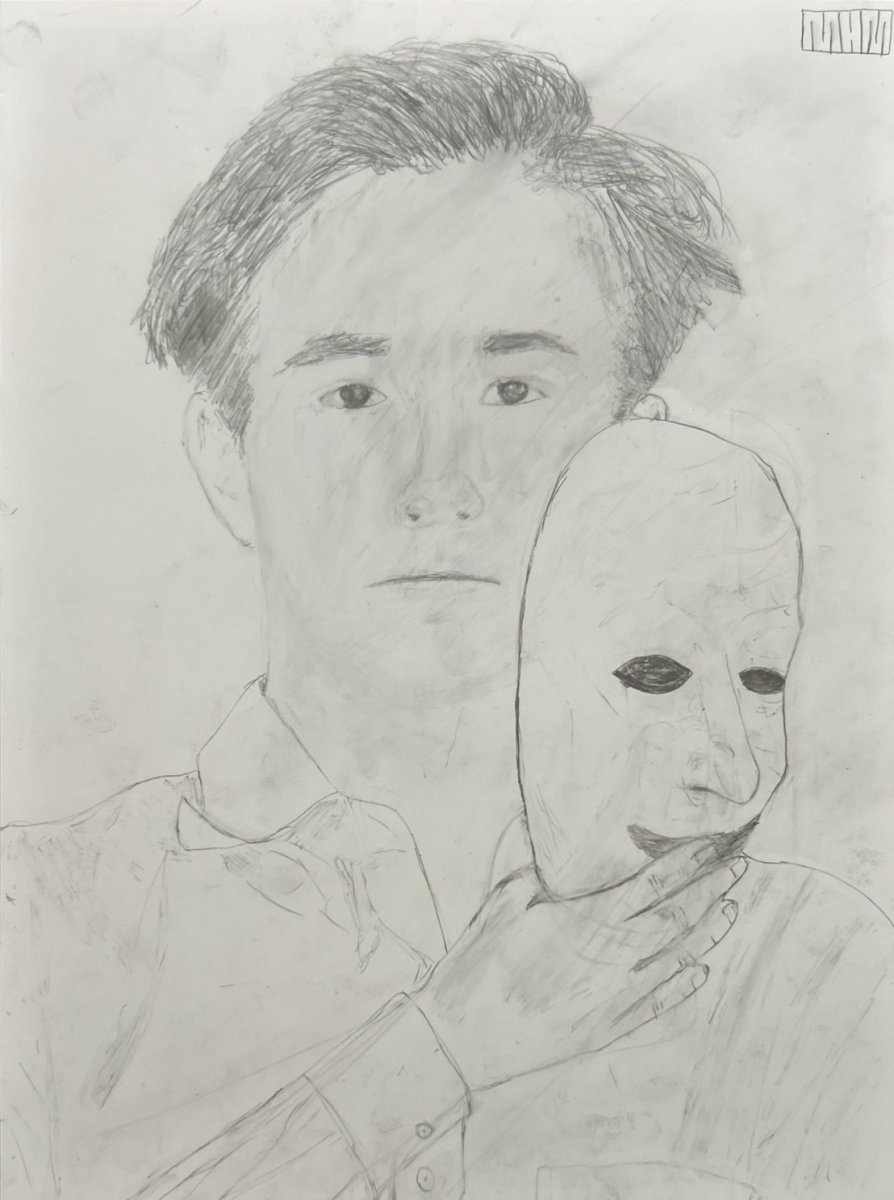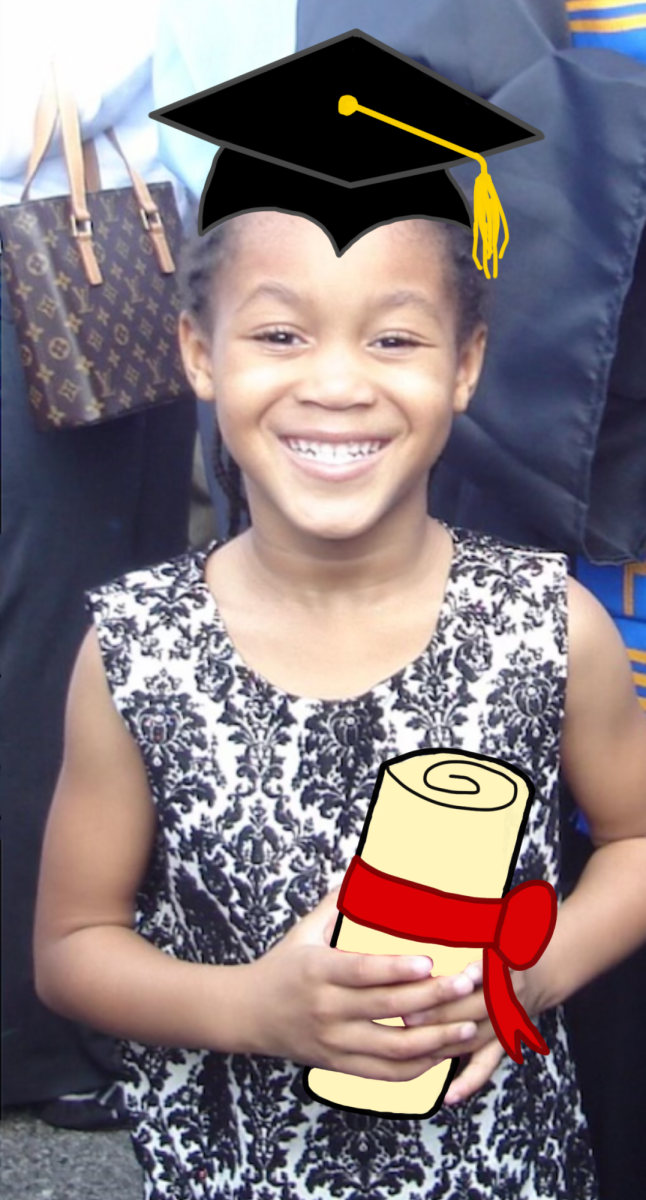In 1936, when my grandfather applied to universities, he seriously considered Rangoon College, now known as the University of Yangon. He did not end up going and, in 1937, Burma (now Myanmar) ceased to be a province of British India and began to be administered by a separate Burma Office. Then World War II raised a hefty fist and we all know how everything turned out after that. And so my grandfather’s international aspirations ended without glory.
Now that I am here in Chicago, I wonder: Where is my Burmese counterpart?
American universities can hardly be faulted for failing to recruit international students from Myanmar. It is a country that has had in place more barriers to free movement than almost any other. However, if we want a “truly” international student body, we have to look beyond the six or seven feeder nations that provide almost all our international students. Nine percent of the Class of 2015 is international, with over 70 different countries represented (the Class of 2016 is represented by 40 countries). Other elite universities have slightly better but similar numbers (Harvard and Yale’s new classes are 11 percent from over 80 different countries, and 13 percent from 90 different countries, respectively). However, in all probability, the bulk of that percentage is made up of students from China, India, Singapore, Brazil, and a few others. The large showing from China, India, and Brazil makes sense, since they have large populations. Applicants from Singapore often have their financial needs taken care of by their government. So while a school might tout that its students hail from “70 different countries,” the implication of diversity is misleading, since the bulk of the pool comes from a limited number of regions.
The true diversity of international students is also distorted in socioeconomic terms. While we are need-blind domestically, this policy does not yet extend to international students. Consequently, international admitted students tend to come from wealthy backgrounds. There’s a bias on the demand side as well, since only students from such backgrounds can afford American levels of expenditure. Then there’s pressure on schools from the domestic markets: Universities cannot admit too many internationals without leaving themselves open to criticism.
That said, I think that a serious investment in the talent of untapped regions of the world would be in the best interest of the American university system.
Fourteen percent of Oxford’s current undergraduate program is international, representing 138 different countries. 63 percent of its full-time postgraduates are international. Naturally, Oxbridge attracts more applicants than American universities largely because of England’s colonial past. Graduates from prestigious English universities often exert an inordinate influence on their home nations’ futures. For instance, M.K. Gandhi and Jawaharlal Nehru, India’s first prime minister, studied in England.
During the Soviet Union’s heyday, its universities were bristling with students from Vietnam, China, Korea, Cuba, and a plethora of other communist nations. The grand plan was to create a space for ideological interface that would lead to the dissemination of communism. It worked, and in places like Vietnam and Korea the impact of that ideological commitment was immense. Furthermore, in the 1950s, it can be argued that the Soviet Union was a far more attractive destination for international students than America. The U.S. still had segregation, while communism, with its emphasis on egalitarianism, had made the urban centers of the Soviet Union far more racially progressive. Picture yourself an intelligent and ambitious Indian student. You’re from a non-aligned nation. Do you choose a nation that treats you in a sub-human fashion or one that’s more enlightened on the racial front? It’s a no-brainer.
Right now, the United States is at its most racially progressive state in history. It has a president of mixed race. American universities are now proud of their plurality and commitment to all manner of freedoms. The next Gandhi, Lee Kuan Yew and Aung San Suu Kyi (all British educated) are waiting in the wings. And yet, we may have priced them out.
There’s no doubt that the elite institutions in America are cognizant of the need to attract top international talent. MIT, Harvard, Yale, and three other top schools have already become need-blind to international candidates. The U of C is moving in that direction as well. Though we are not yet need-blind, we do meet full demonstrated need for all admitted candidates.
However, we’re still fishing in the same regional pools. If we want to broaden the range of countries that we receive applications from, we are going to have to spread the outreach net. The Internet is the obvious tool here, since it’s both cost-effective and far-reaching. Sadly, as commercial and cynical as it sounds, brand expansion is essential to catching the world’s brightest sparks. Oxford, Cambridge, and Harvard carry a prestige factor that is undeniable.
These recruitment tactics are decided in offices, with charts, by people who know the demographics. What’s left for the average student on campus? How do we create that intellectual interface that powered so much of the history of the past century? We have to accept that America has surpassed the former Soviet Union and England as the premier destination for education—a reality that should drastically alter our character. We’re not just a degree-granting institution, but one with a project of bringing in and molding the leaders of the future. All of this means that we, as current students, are part of a project much larger and more important than the average Hum discussion: that of transferring possibly world-changing ideas to one another on a global level. In the end, it’s not about degrees; it’s about confluence.
Raghav Rao is a fourth-year in the College majoring in English.







